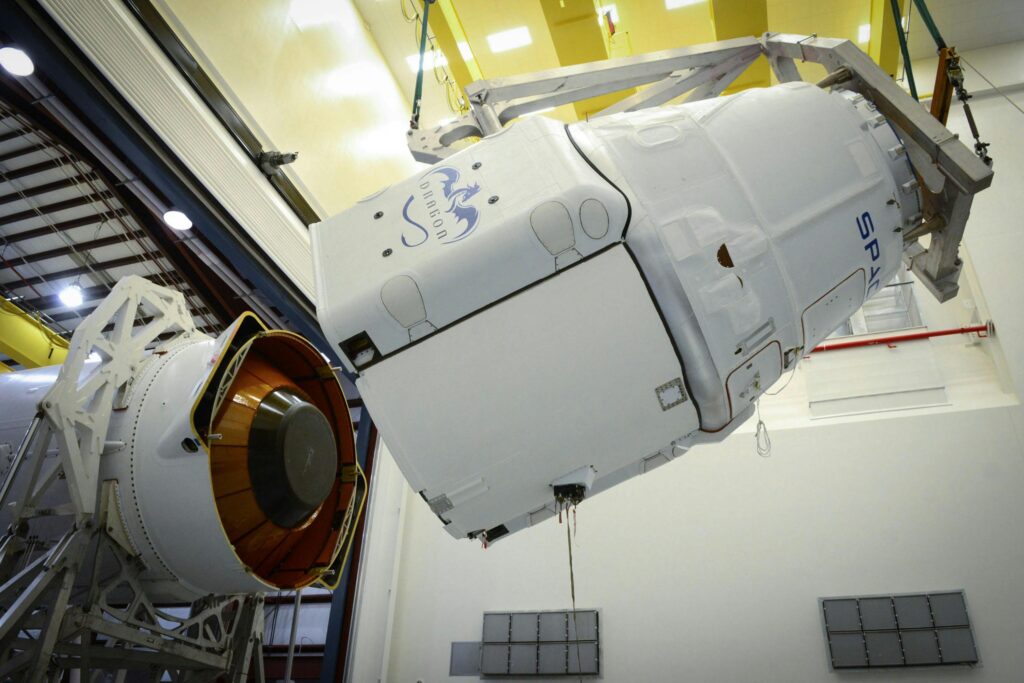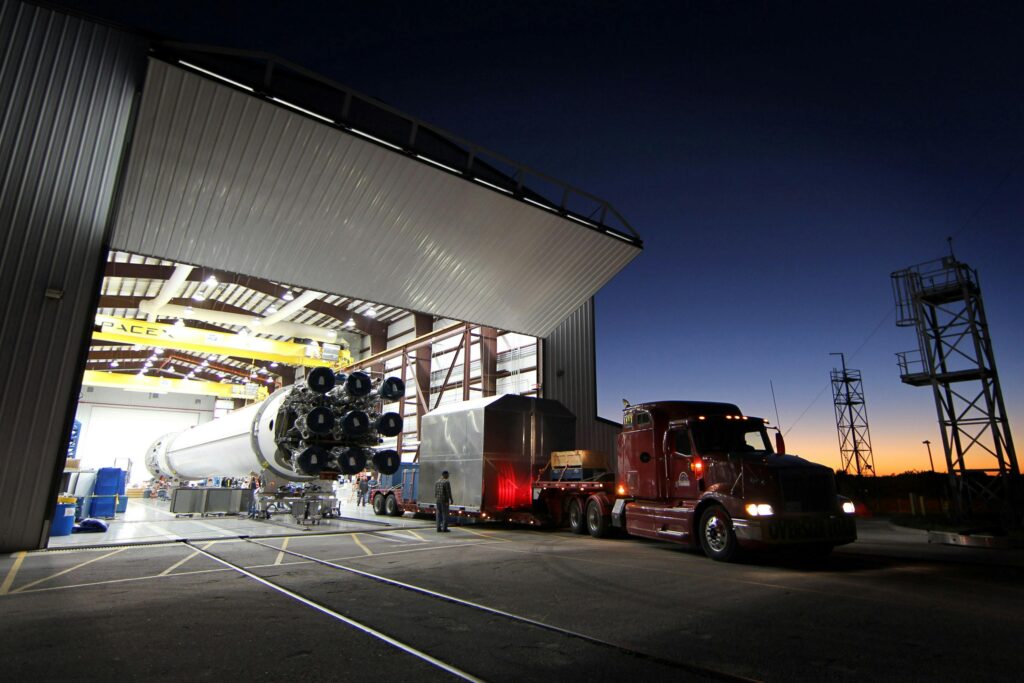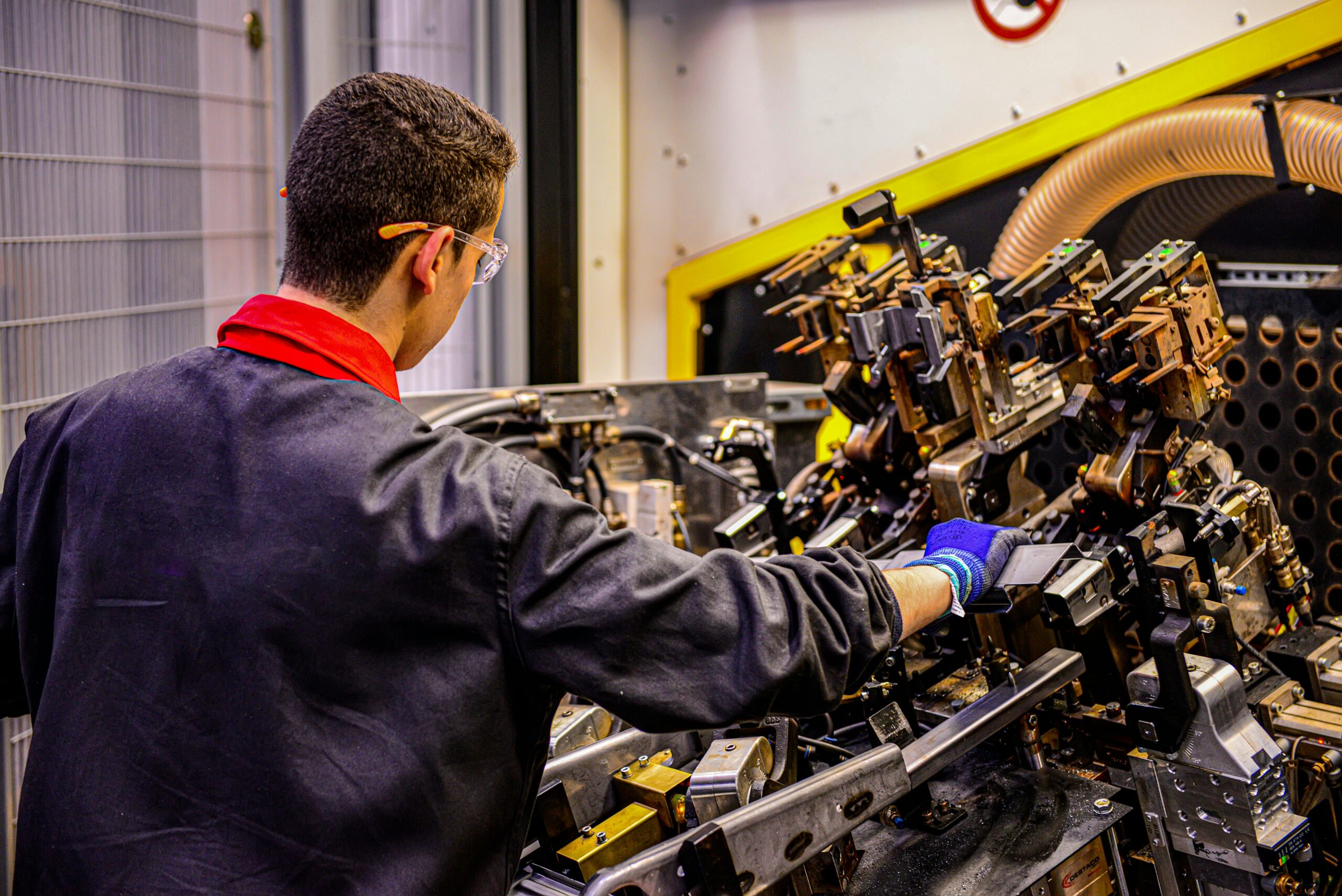Introduction
Proper waste Recovery Facility management is crucial for maintaining a clean and healthy environment. With increasing awareness of environmental issues, finding the right landfill or resource recovery facility for your needs is more important than ever. But how do you make the best choice? Let’s dive into the details.
Understanding Landfills
Definition and Purpose
Landfills are designated locations for the disposal of waste materials. They are engineered to contain and isolate waste from the surrounding environment, preventing contamination of soil and groundwater.
Types of Landfills
Municipal Solid Waste Landfills
These are the most common types, handling household and commercial waste. They are designed to reduce environmental impact through proper waste compaction and daily cover practices.
Industrial Waste Landfills
Specifically for industrial waste, these landfills handle materials such as construction debris, ash, and other non-hazardous industrial byproducts.
Hazardous Waste Landfills
These are highly specialized facilities designed to handle waste materials that are dangerous or potentially harmful to public health and the environment.
What is a Resource Recovery Facility?
Definition and Benefits
A resource recovery facility focuses on processing waste to recover valuable materials and generate energy. These facilities help reduce the amount of waste sent to landfills, promote recycling, and create renewable energy.
Types of Resource Recovery Facilities
Recovery Facility Facilities
These facilities sort and process recyclable materials like paper, plastic, glass, and metals. They play a crucial role in the recycling supply chain.
Energy Recovery Facility
These facilities convert waste into energy through processes like incineration, anaerobic digestion, and gasification. They provide a sustainable energy source while reducing landfill waste.
Factors to Consider When Choosing a Landfill
Location and Accessibility
The proximity of a landfill to your location can significantly impact transportation costs and logistics. Choose a landfill that is easily accessible and within a reasonable distance.
Types of Waste Accepted
Different landfills accept different types of waste. Ensure the landfill you choose can handle the specific waste materials you need to dispose of.
Environmental Impact
Consider the landfill’s environmental management practices. Look for facilities with measures in place to minimize pollution and protect local ecosystems.
Cost
The cost of using a landfill can vary. Compare prices and consider long-term expenses, including potential environmental fines and remediation costs.

Factors to Consider When Choosing a Resource Recovery Facility
Types of Materials Processed
Ensure the facility can process the types of materials you need to recycle or recover. Some facilities specialize in certain materials, while others handle a broader range.
Efficiency and Technology
Look for facilities that use advanced technology and efficient processes to maximize resource recovery and minimize waste.
Regulatory Compliance
Check that the facility complies with all relevant local, state, and federal regulations. This ensures safety and legal compliance.
Cost and Economic Benefits
Consider the cost of using the facility and the potential economic benefits, such as reduced waste disposal fees and revenue from recovered materials.
The Importance of Environmental Impact
Reducing your carbon footprint and promoting sustainability are key considerations. Choose facilities that prioritize environmentally friendly practices and contribute to a healthier planet.
Regulatory Compliance and Safety
Understanding Local and Federal Regulations
It’s crucial to be aware of the regulations governing waste management in your area. Compliance ensures that you avoid legal issues and fines.
Importance of Safety Standards
Facilities should adhere to strict safety standards to protect workers and the surrounding community from potential hazards.
Cost Considerations
Comparing Costs of Different Facilities
Evaluate the costs associated with various facilities. While some may have higher upfront fees, they could offer long-term savings through efficient waste management practices.
Long-term Economic Benefits
Investing in a quality facility can lead to significant long-term economic benefits, including lower waste management costs and potential revenue from recovered resources.
Technology and Efficiency
Innovations in Waste Management
Stay informed about the latest innovations in waste management technology. Modern facilities often incorporate cutting-edge technology to enhance efficiency and sustainability.
Efficiency of Modern Facilities
Modern resource recovery facilities are designed to be highly efficient, processing large volumes of waste quickly and effectively.
Sustainability and Recovery Facility
How to Assess a Facility’s Recovery Facility Sustainability
Look for facilities with a clear commitment to sustainability, including certifications and recognition for their environmental practices.
Examples of Sustainable Practices
Examples include energy-efficient operations, waste-to-energy processes, and robust recycling programs.
Community Impact Recovery Facility
How Facilities Affect Local Communities
Consider the impact of the facility on the local community, including potential benefits like job creation and community development.
Benefits of Community Involvement
Facilities that involve the community in their operations tend to have better relationships and greater public support.
Case Studies
Successful Examples of Recovery Facility Facilities
Review case studies of successful facilities to learn about best practices and effective waste management strategies.
Lessons Learned from Various Facilities
Understand the challenges and solutions experienced by different facilities to make informed decisions.
Choosing Between a Landfill and a Resource Recovery Facility
Pros and Cons of Each
Weigh the pros and cons of landfills and resource recovery facilities to determine which option best meets your needs.
Making the Best Choice for Your Needs
Consider your specific waste management requirements and choose the facility that offers the most benefits and aligns with your sustainability goals.
Tips for Businesses
How Businesses Can Benefit from Proper Waste Management
Proper waste management can lead to cost savings, improved corporate image, and compliance with environmental regulations.
Best Practices for Businesses
Implement best practices such as waste audits, employee training, and partnering with reputable waste management facilities.

Exploring Future Trends in Waste Management
Advances in Technology
The field of waste management is continuously evolving, with new technologies emerging to improve efficiency and sustainability. Innovations like artificial intelligence (AI) and machine learning are being utilized to enhance sorting processes and predict waste generation patterns, leading to more effective waste management strategies.
Circular Economy Practices
The concept of a circular economy is gaining traction as an alternative to the traditional linear economy. In a circular economy, products and materials are reused, refurbished, and recycled for as long as possible. This minimizes waste and reduces the need for new raw materials. Embracing circular economy practices can significantly impact waste management and resource recovery.
Zero Waste Initiatives
Communities and organizations worldwide are adopting zero waste initiatives, aiming to eliminate waste entirely through responsible consumption, reuse, and recycling practices. These initiatives encourage innovation in product design, packaging, and waste management processes, contributing to a more sustainable future.
The Role of Government and Policy
Legislation and Regulations
Governments play a crucial role in shaping waste management practices through legislation and regulations. Policies aimed at reducing waste, promoting recycling, and encouraging the use of renewable energy sources can drive significant improvements in waste management.
Incentives and Penalties
Incentives such as tax breaks, grants, and subsidies can encourage businesses and individuals to adopt sustainable waste management practices. Conversely, penalties for non-compliance with waste management regulations can deter harmful practices and promote environmental responsibility.
The Future of Landfills and Resource Recovery Facilities
Sustainable Landfills
The future of landfills lies in sustainability. Modern landfills are being designed with advanced liners, leachate collection systems, and gas capture technologies to minimize environmental impact. These sustainable landfills can serve as temporary storage for waste that cannot be immediately recycled or recovered.
Integration of Resource Recovery Facilities
As the focus shifts towards resource recovery, more facilities are being integrated into waste management systems. These facilities work alongside landfills to ensure that as much waste as possible is recycled or converted into energy, reducing the volume of waste that ends up in landfills.

Practical Steps for Individuals and Businesses
Conduct a Waste Audit
A waste audit is a thorough examination of the waste you produce. By understanding the types and quantities of waste generated, you can identify opportunities for reducing, reusing, and recycling. For businesses, this can highlight inefficiencies and areas for improvement.
Implement Recycling Programs
Both individuals and businesses can benefit from establishing robust recycling programs. Ensure that everyone involved is educated on what can and cannot be recycled, and provide convenient access to recycling bins. Partner with local recycling facilities to streamline the process.
Reduce Waste Generation
Adopting practices to reduce waste at the source is crucial. For individuals, this can mean choosing products with minimal packaging, buying in bulk, and composting organic waste. For businesses, consider waste reduction strategies such as lean manufacturing, inventory management, and product design focused on durability and recyclability.
Community Involvement and Education
Host Educational Workshops
Educating the community about waste management and the benefits of resource recovery can lead to greater participation and support. Host workshops, seminars, and community events to raise awareness and provide practical tips.
Encourage Local Initiatives
Support and encourage local initiatives aimed at waste reduction and resource recovery. This could include neighborhood clean-ups, community composting programs, and local recycling drives. Collaborative efforts can have a significant impact on waste management practices.
Leveraging Technology for Better Waste Management
Smart Waste Management Systems
The use of IoT (Internet of Things) devices in waste management is becoming more prevalent. Smart bins equipped with sensors can monitor waste levels and optimize collection routes, reducing costs and environmental impact.
Data Analytics
Data analytics can play a pivotal role in waste management by predicting waste generation patterns and optimizing resource allocation. Businesses and municipalities can use this data to improve efficiency and reduce waste.
Long-Term Strategies for Sustainability
Invest in Renewable Energy
Resource recovery facilities that generate energy from waste are a critical component of sustainable waste management. By investing in these facilities, you can contribute to the generation of renewable energy, reducing dependence on fossil fuels.
Support Sustainable Product Design
Encourage manufacturers to design products with end-of-life disposal in mind. This includes using recyclable materials, designing for disassembly, and reducing the use of harmful substances. Supporting such practices can drive industry-wide changes toward sustainability.
The Role of Collaboration in Waste Management
Public-Private Partnerships
Collaboration between the public and private sectors can lead to innovative waste management solutions. These partnerships can leverage the strengths of both sectors, resulting in more efficient and effective waste management practices.
International Cooperation
Waste management is a global issue that requires international cooperation. Sharing knowledge, technology, and best practices across borders can help address the challenges of waste management on a global scale.

Final Considerations for Effective Waste Management
Regular Review and Improvement
Waste management is not a set-it-and-forget-it process. Regularly review and assess your waste management practices to identify areas for improvement. Stay updated with the latest industry trends and technologies to continuously enhance your strategies.
Employee Training and Engagement
For businesses, training employees on proper waste management practices is essential. Engage your workforce by making waste management a part of the company culture. Regular training sessions and clear communication can significantly improve compliance and efficiency.
Partnerships with Experts
Partnering with waste management experts can provide valuable insights and guidance. These experts can help you design and implement effective waste management strategies tailored to your specific needs.
Embracing Sustainability in Everyday Life
Reducing Single-Use Plastics
One of the most impactful changes individuals and businesses can make is reducing the use of single-use plastics. Opt for reusable bags, bottles, and containers. Encourage employees and customers to do the same by providing incentives or educational resources.
Composting Organic Waste
Composting is an effective way to manage organic waste, turning food scraps and yard waste into valuable compost for gardens and landscapes. Both individuals and businesses can set up composting systems to reduce the amount of waste sent to landfills and create a nutrient-rich soil amendment.
Innovating Waste Management Solutions
Biodegradable and Recovery Facility
The development and use of biodegradable and eco-friendly materials can significantly reduce the environmental impact of waste. Businesses can prioritize these materials in their products and packaging, while consumers can support companies that use sustainable options.
Waste-to-Energy Technologies
Waste-to-energy technologies, such as anaerobic digestion and incineration with energy recovery, convert waste into electricity, heat, or fuel. These technologies can help reduce the volume of waste in landfills and provide a renewable energy source.
Advocating for Policy Change
Supporting Environmental Legislation
Individuals and businesses can advocate for policies that support sustainable waste management. This includes legislation that promotes recycling, reduces plastic use, and incentivizes the development of green technologies.
Participating in Local Government
Get involved in local government by attending meetings, joining committees, or simply staying informed about waste management policies. Your voice can influence decisions that impact the community and the environment.
Building a Sustainable Future
Corporate Social Responsibility (CSR)
Businesses can adopt CSR initiatives that focus on sustainability and waste management. By integrating these practices into their core operations, companies can enhance their reputation, attract eco-conscious consumers, and contribute to environmental preservation.
Community Engagement
Engaging with the community through sustainability initiatives can foster a sense of shared responsibility and collective action. Host clean-up events, recycling drives, and educational workshops to promote environmental stewardship.

Conclusion
Effective waste management and resource recovery are essential for a sustainable future. By choosing the right facilities, embracing technological advancements, and fostering a culture of sustainability, we can reduce our environmental impact and contribute to a healthier planet. Whether you’re an individual, a business, or a community, your actions can make a significant difference.
FAQs
What are the key differences between landfills and resource Recovery Facility?
Landfills are primarily designed for the disposal of waste materials, while resource recovery facilities focus on recycling and converting waste into usable resources such as energy.
How do I know if a facility is environmentally friendly Recovery Facility?
Look for certifications, sustainability reports, and adherence to environmental regulations. Facilities that prioritize reducing emissions, recycling, and energy recovery are typically more environmentally friendly.
What are the costs associated with using these facilities Recovery Facility?
Costs can vary depending on the type of facility, location, types of waste processed, and the technology used. It’s important to compare prices and consider long-term economic benefits, including potential savings from recycling and energy recovery.
How can businesses benefit from resource recovery facilities Recovery Facility?
Businesses can reduce waste disposal costs, generate revenue from recovered materials, improve their sustainability profile, and comply with environmental regulations by using resource recovery facilities.
What should I look for when visiting a landfill or resource recovery facility Recovery Facility?
Check for compliance with regulations, the technology used, environmental practices, and overall efficiency. A facility’s commitment to sustainability and safety standards is also important.

5 thoughts on “How to Find the Right Landfill and Resource Recovery Facility for Your Needs best in 2024”